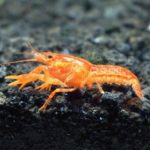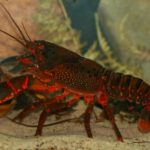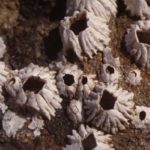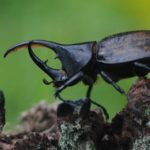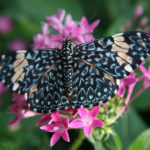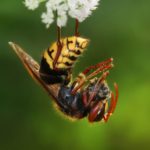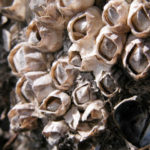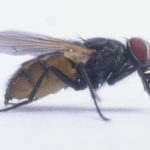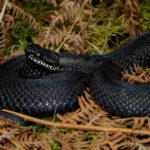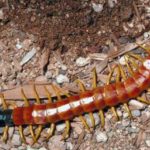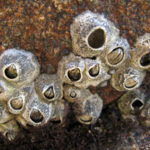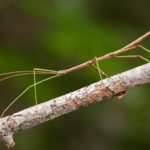Crayfish anatomy
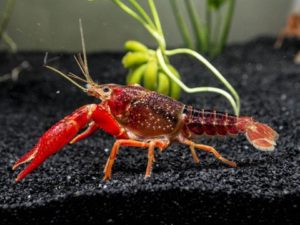 The length of the cancer body is from a fraction of a millimeter to 80 centimeters, consists of the head, chest and abdomen formed by segments, and is covered with a chitinous cuticle, often containing lime and forming a shell. On the head are 2 pairs of antennae (antennules and antennas), upper jaws and 2 pairs of lower jaws.
The length of the cancer body is from a fraction of a millimeter to 80 centimeters, consists of the head, chest and abdomen formed by segments, and is covered with a chitinous cuticle, often containing lime and forming a shell. On the head are 2 pairs of antennae (antennules and antennas), upper jaws and 2 pairs of lower jaws.
Antennae serve as sense organs, sometimes as organs of motion, the remaining appendages participate in the retention and crushing of food. Sometimes the four anterior thoracic segments are drained; their limbs are turned into jaws. The remaining thoracic limbs serve to move and often carry the gills (you can also check out this interesting post – Blobfish Underwater).
Most crayfish live in the seas, making up the bulk of the plankton. To the life on land only a few crayfish have adapted. Most planktonic cancers feed on bacteria and other unicellular organisms; bottom crayfish – particles of organic substances, plants or animals; amphibians eat corpses of animals, than contribute to the purification of reservoirs. Great Soviet Encyclopedia
River crayfish can live only in very clean water. Because of this, their numbers have greatly decreased in recent years. As soon as the river becomes polluted, the crabs in it disappear. If there are crayfish in the river, then the water here is clean. You can drink it. Of course, before this, water must be boiled.
